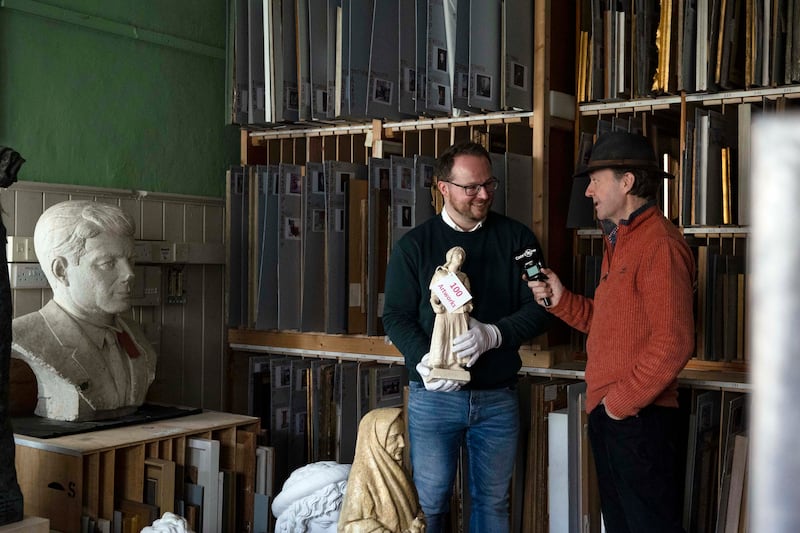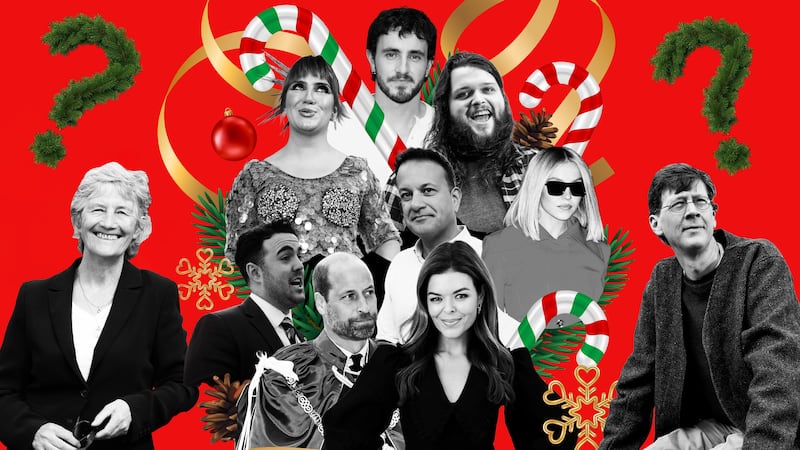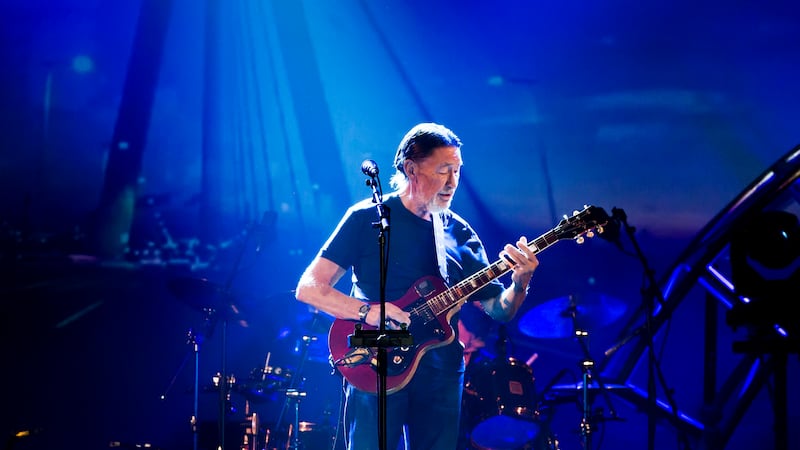From breakfast menus to music festivals, sweater collections to poetry publications, everything, it seems, can be curated. But what does a curator actually do? Michael Waldron is curator of collections and special projects at Cork’s Crawford Gallery.
Isn’t exhibitions just a question of putting stuff up on a wall?
Not exactly. The word curator comes from Latin, to “take care of”, so initially curators looked after collections. As time went on, the practice of working out different and often thematic ways of displaying them emerged. Fast forward a couple of hundred years and there are now plenty of different interpretations of the craft.
For Waldron it’s multifaceted: “not just researching an exhibition and developing its layout and interpretation; it is a role that requires agility, imagination, resourcefulness, compromise, and communication”.
RM Block
Compromise? I’ve heard all about those influential jet set curators, swanning around the world doing biennales. Surely they don’t compromise…
Up there the air is definitely more rarefied, but there’s still compromise at play. After all, you’re putting different artworks, and sometimes artists, together, and trying to create spaces for ideas and conversations to emerge.
So it’s not all about hanging blue paintings next to green ones?
Aesthetics do have a role – you want your exhibition to look good and coherent, so you need to have an “eye”, but Waldron says that “above all, curating is about ensuring an artist’s work is presented with respect, creating a meaningful encounter for the visitor”. You also need a fair whack of tact and diplomacy, whether you’re working with living artists, their estates, or the owners of artworks that you want to borrow.

I’m all about the tact. What other skills do I need, and where do I get them?
Waldron studied history of art, and taught the subject before moving into curating through contacts made en route. You can also take specialised curating courses, which give you the background, get you up to speed on the paperwork side of things, as well as adding hefty dollops of theory and helping you to cement new networks with tutors and peers. UCD have an MA in Art History, Collections and Curating; UCC has a Global Gallery Studies Course and NCAD’s Art in the Contemporary World course has a curatorial element. You’ll also find courses at the University of Galway, while a costly but international option is the curating course at Sotheby’s Institute.
How long does it take to put an exhibition together?
Depends on the scale of the show. According to Waldron, “you’re planning an exhibition for anywhere between a couple of years and several months”. As he works with the Crawford’s collection, which is housed on site, “shorter leads times are possible, if not quite desirable. The shortest was five weeks, but I prefer to have a minimum of six months from conception to opening the doors.”
[ Man arrested after throwing soup at painting in Cork’s Crawford Art GalleryOpens in new window ]
Which is more important then, the art or the people?
Both! Art is what draws people in, but Waldron adds, “it really comes down to people – the people you work with, and come into contact with during an exhibition. The conversations that art opens up can be joyous, unexpected and profound. Leading with generosity and openness, even playfulness, is a powerful thing.” Find out if it’s for you by getting experience early on: “working as a tour guide, invigilator, intern or as a technician is invaluable. Art galleries and museums are never what they seem like on the outside!”
Radharc: perspectives in print, curated by Michael Waldron, runs at Crawford Gallery until May 21st, crawfordartgallery.ie

















